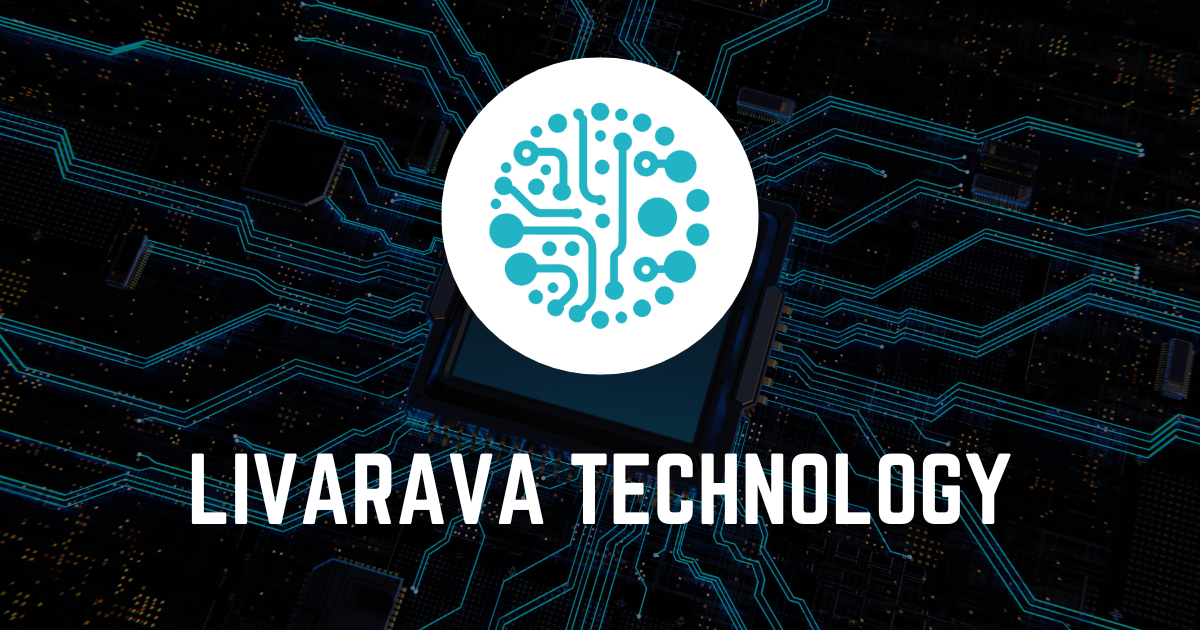AI Resurrections: The Technology Behind Bringing the Deceased Back to Life

Understanding AI Resurrections
What are AI ‘resurrections’ of people? Over the past few years, AI projects around the world have created digital resurrections of individuals who have passed away, allowing loved ones to engage with their memories in innovative ways.
Technologies Involved
- Deep Learning: AI models analyze and replicate human traits.
- Voice Simulation: Technologies mimic speech and personality.
Ethical Considerations
As we advance in this field, it is essential to consider the ethical implications of recreating digital avatars of the deceased.
Conclusion
These advances challenge our understanding of life, death, and memory. While AI offers exciting possibilities, it also raises important questions about morality and the emotional effects on individuals.
This article was prepared using information from open sources in accordance with the principles of Ethical Policy. The editorial team is not responsible for absolute accuracy, as it relies on data from the sources referenced.